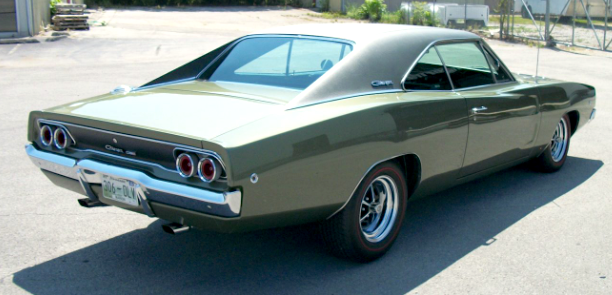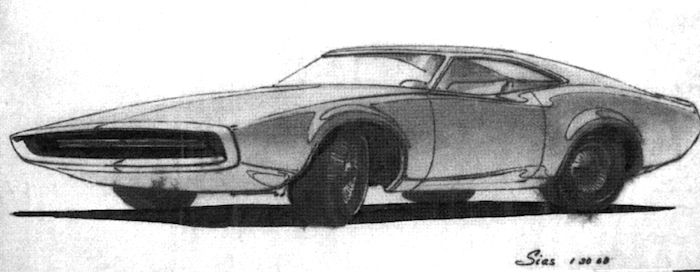The Jeep brand has been highly successful, so marketers and product planners have had to resist the temptation to fall into the brand extension trap. A worldwide example is the many varieties of Coca Cola. An American example is Cheerios breakfast cerials. So far as I can tell, these brands remain strong, though the risk is that extensions pushed too far from the core will muddle the brand's image in the minds of potential customers, helping to allow them to drift to competing brands.
For model years 1963-1991, Jeep made a station wagon variant called the Wagoneer, a four-door body-on-frane vehicle on a 110-inch (2794 mm) wheelbase. Some background is
here.
Then for 30 model years there was no true successor. Finally, for the 2022 model year the Wagoneer was resurrected, though minus the Jeep name (Wikipedia entry
here). Presumably, not having the word Jeep on the vehicle was a means of counteracting any brand extension effect, because the new Wagoneer was much larger than other Jeeps (123-inch, 3124 mm wheelbase) and based on a Ram truck, unlike the rest of the line.
That said, the Wagoneer's grille features seven vertical slots in true Jeep fashion. And it is usually referred to as a "Jeep Wagoneer" in the automotive press.
I should note that as today Wagoneer sales have not been good: large dealer inventories. High prices might be a factor. Or stiff competition. Or any number of other things.
Gallery
A 1963 Jeep Wagoneer styled by industrial designer Brooks Stevens.
Rear quarter view of a two-door variant, same year.
1993 - the last of the original Wagoneers.
Factory photo of a 2022 Wagoneer. Very large and un-Jeeplike.
This is a Grand Wagoneer, the top-of-the-line model. Note the heavy, vertically-oriented pillars. The rear door window and the window abaft of it have rounded-off bottoms, while the upper corners are sharp. Vertical pillars are a carryover from original Wagoners, but are more robust for rollover safety. Those sharp upper corners also hark back to the angular earlier Wagoneers.
Now a comparison to the current (as of early 2022) corporate stablemate, the Dodge Durango, its present design dating from 2011. It has a 119.9-inch (3045 mm) wheelbase. The rear quarter window has a soft feeling that reminds me of the rounded lower profiles of the Wagoneer's windows.

















































